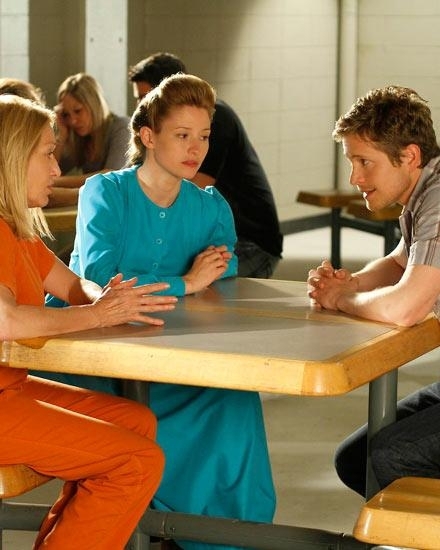

Where the novel works best is in its descriptions of what plural marriages did to the people involved and how it changed them. There are side trips into the problems that plural marriage societies have caused today due to the banishment of young men and the perilous life of young women in these sects as well. In addition to the two main stories, a variety of sub-plots are tied together by supporting Ann Eliza’s depiction of the early LDS church as it is infected and then overtaken by plural marriage, and also by the various characters’ connections to the modern day Jordan and the sect in which he grew up and was ultimately ejected from as he reached manhood. In this narrative, a young gay man named Jordan is unwillingly drawn back into his family’s drama when his mother, a 19th wife, is accused of shooting his father in cold blood. It is also part murder mystery as Ebershoff attempts to tie Ann Eliza’s narrative to the plight of a modern day polygamy sect.

governments smack down on polygamy in Utah. The novel is part fictional autobiography of the infamous Ann Eliza Young the self-proclaimed 19th wife of uber-polygamist Brigham Young, the second president of the Latter Day Saints aka The Mormons, whose divorce from him attracted national attention and possibly led to the U.S. Because I was flattered to be asked, and I would be getting a free hardcover copy of the novel, I agreed.

His elegant wife Mina (Lubna Azabal) runs front of shop.Back in September I was asked by Lisa at Books on the Brain to take part in a virtual book tour for David Ebershoff‘s new book, The 19th Wife. Like Daniel Day-Lewis’s couturier in Phantom Thread, Halim is an obsessive artist, refusing to use a sewing machine and infuriating his rich customers by keeping them waiting for his masterpieces. Ridiculously good-looking Palestinian actor Saleh Bakri’s handsome face is hidden away behind a caterpillar-like moustache to play Halim, a master tailor who makes hand-embroidered women’s caftans.

But instead, the film’s director Maryam Touzani had put together a gentle, complex film: a love story between a gay man and his wife. It’s set in Morocco where homosexuality is a criminal offence, and for the first half an hour I assumed the emotional brace position, convinced it would end in arrest or worse for its lead character. T his tender and sad drama should come with the opposite of a content warning: a reassuring note at the start to explain that no physical harm or public humiliation will come to the gay men whose story we are about to watch.


 0 kommentar(er)
0 kommentar(er)
